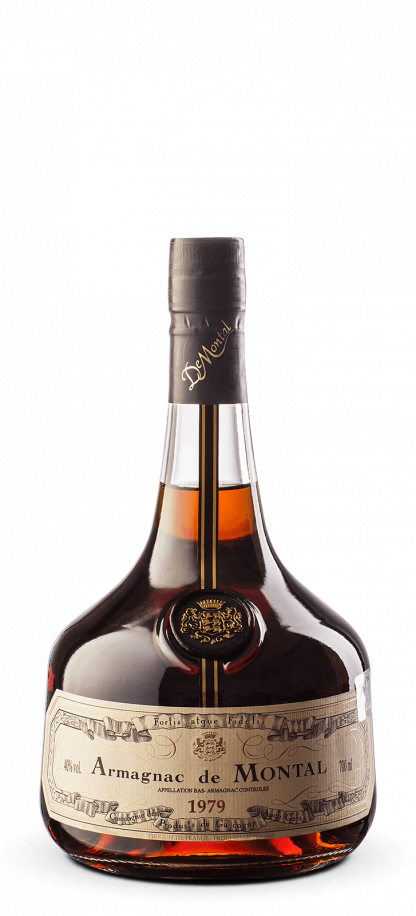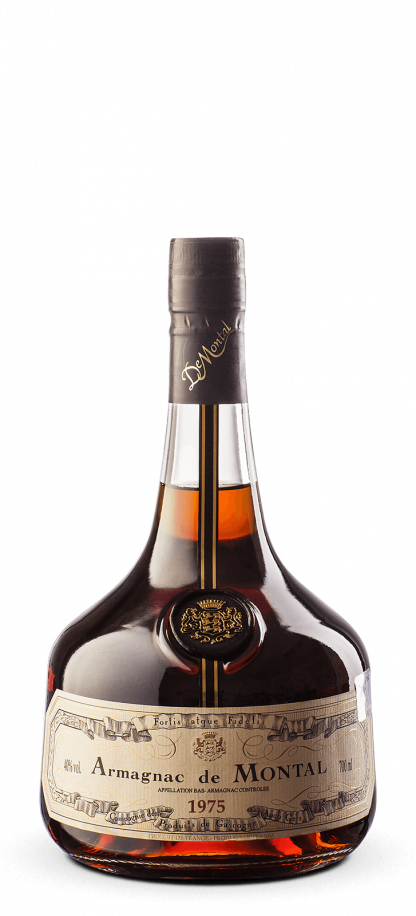Garšaugu liķieris “Jaune Chartreuse” 43% 0,7L
Chartreuse Jaune degustācijas notis atklāj aromātisku medus, safrāna un dažādu garšaugu buķeti, ko papildina citrusaugļu un garšvielu nokrāsas. Pēc garšas tas piedāvā bagātīgu, samtainu tekstūru ar harmonisku saldu un augu garšu sajaukumu, kas raksturo anīsa, lakricas un genciānas nianses, kas nodrošina ilgu, sildošu noskaņu. Šis liķieris tiek izslavēts ar savu dziļumu, sarežģītību un unikālo saldo un rūgto elementu līdzsvaru.
Chartreuse Jaune lieliski sader ar bagātīgiem desertiem, piemēram, brūlē, mandeļu kūku vai panna cotta, kur tā saldums un augu notis pastiprina garšas. To var arī baudīt kā gremošanas līdzekli vai sajaukt kokteiļos, nodrošinot raksturīgu un aromātisku sastāvdaļu, lai uzlabotu vispārējo dzeršanas pieredzi.
Noliktavā 23 prece/-es





















